Home>Furniture>Outdoor Furniture>How To Remove Green Algae From Decking
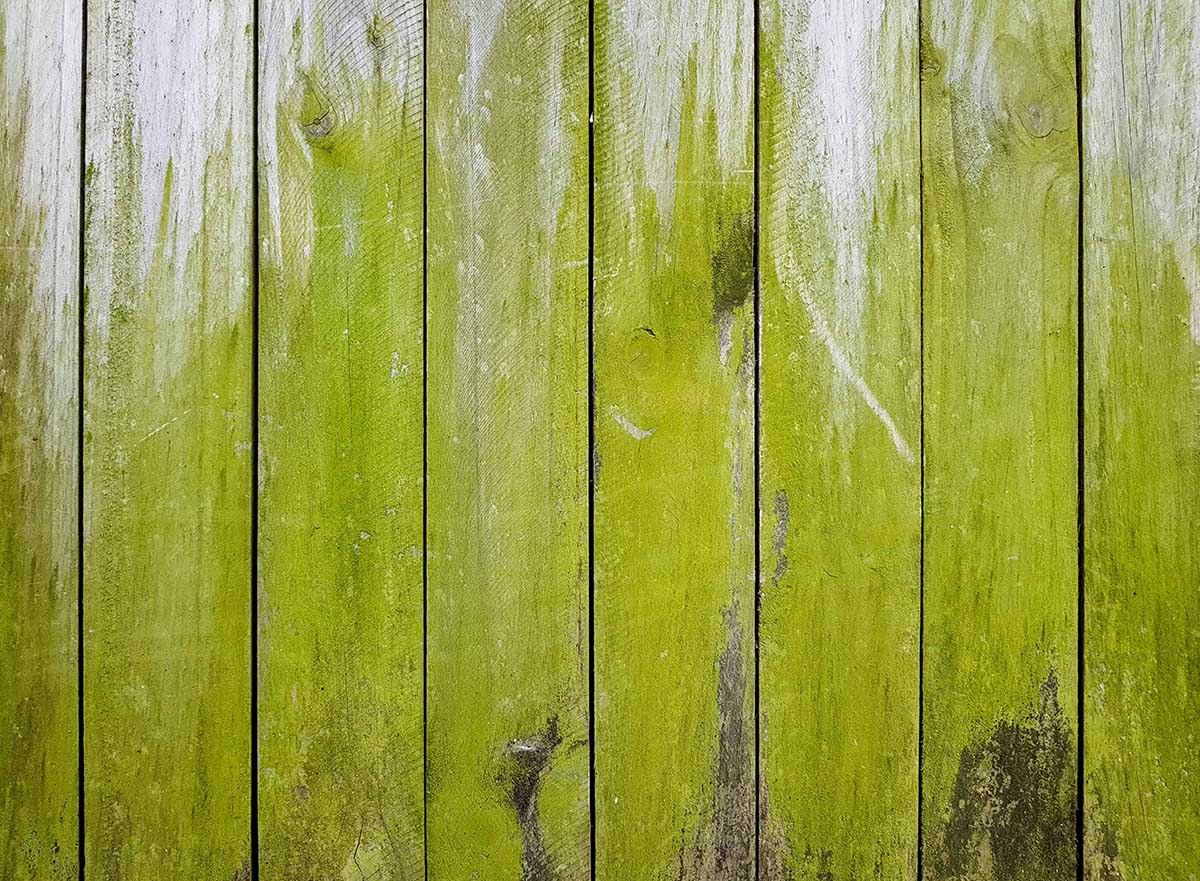

Outdoor Furniture
How To Remove Green Algae From Decking
Modified: March 7, 2024
Learn how to remove green algae from your outdoor furniture decking with these simple and effective tips. Say goodbye to unsightly algae and keep your decking looking clean and fresh.
(Many of the links in this article redirect to a specific reviewed product. Your purchase of these products through affiliate links helps to generate commission for Storables.com, at no extra cost. Learn more)
Introduction
Welcome to our comprehensive guide on how to remove green algae from decking. If you have an outdoor deck, patio, or any other type of outdoor furniture made of wood or composite materials, you may have noticed the unsightly growth of green algae. Green algae can make your deck slippery, create a dull and uninviting appearance, and even cause damage if left unaddressed.
In this article, we will delve into the nature of green algae, explore the reasons why it grows on decking, and discuss the potential problems it can cause if not properly addressed. We will also provide you with step-by-step instructions on how to safely and effectively remove green algae from your decking, as well as tips on preventing future algae growth. So, let’s dive in and learn how to restore the beauty and safety of your outdoor space.
Key Takeaways:
- Safety First!
Removing green algae from decking requires safety precautions like stable footing, protective gear, and awareness of electrical hazards. Prioritize safety to prevent accidents and injuries during the cleaning process. - Prevent Future Growth
After cleaning, implement preventive measures like regular maintenance, proper drainage, and minimizing shade to prevent future algae growth on your decking. By taking proactive steps, you can maintain a clean and safe outdoor space.
Read more: How To Remove Green Algae From Outdoor Rug
Understanding green algae on decking
Before we delve into the process of removing green algae from decking, it’s important to have a good understanding of what green algae is, why it grows on decking, and the potential problems it can cause.
Green algae, scientifically known as Chlorophyta, is a type of simple plant-like organism that can thrive in moist and shaded outdoor environments. It typically appears as a slimy or powdery green layer on surfaces, including decking materials. Green algae growth is not limited to any particular type of decking material; it can be found on wooden, composite, or PVC decking.
There are several reasons why green algae tends to thrive on decking surfaces. Firstly, decking is often exposed to moisture and humidity, especially in outdoor environments. This creates an ideal breeding ground for algae to grow. Secondly, decking can provide a suitable surface for algae to anchor onto, as it can be porous and retain moisture. Additionally, if your decking is located in a shaded area, it may receive limited sunlight, which further promotes algae growth.
The presence of green algae on your decking can lead to a range of problems. One of the main concerns is the safety hazard it poses. Green algae can make your decking slippery, increasing the risk of slips and falls, especially when wet. This is particularly dangerous for children, the elderly, and anyone with mobility issues. In addition to the safety aspect, green algae can also cause aesthetic issues, making your decking look dirty, unappealing, and unkempt. Moreover, if left untreated, algae growth can accelerate the wear and deterioration of your decking material over time.
Now that we understand the nature of green algae and the problems it can cause, it’s time to move on to the next section, where we will discuss the safety precautions you should take before attempting to remove green algae from your decking.
Safety precautions before removing green algae
Prior to embarking on the task of removing green algae from your decking, it’s crucial to prioritize safety. Taking the necessary precautions will help ensure that you can tackle the job effectively while minimizing any potential risks or injuries. Let’s explore the importance of safety measures and the protective gear you should wear.
First and foremost, it’s essential to understand that dealing with algae on decking surfaces can be hazardous. The presence of algae makes the surface slippery, increasing the likelihood of accidents or falls. Therefore, it’s crucial to proceed with caution and take the following safety measures.
1. Maintain proper footing: Make sure you have a stable footing while working on the decking. Avoid standing on wet or algae-covered areas and consider using a sturdy ladder or platform if necessary.
2. Secure the work area: If possible, cordon off the area or prevent access to the deck during the cleaning process. This will help protect yourself and others from slips and falls.
3. Be aware of electrical hazards: If you are using electrical equipment, such as a pressure washer, ensure that all power sources are safely grounded and protected from moisture.
Now, let’s discuss the protective gear you should wear to safeguard yourself during the algae removal process:
1. Safety goggles: Protect your eyes from stray debris, algae particles, or the cleaning solution by wearing safety goggles. This will prevent any potential eye irritation or injury.
2. Rubber gloves: Algae may contain mild irritants, and the cleaning solution you use might be harsh on your skin. Rubber gloves will provide a barrier, keeping your hands safe and minimizing exposure to chemicals.
By following these safety precautions and wearing the appropriate protective gear, you can minimize the risks associated with removing green algae from your decking. In the next section, we will delve into the tools and ingredients you’ll need for the cleaning process.
Tools and ingredients you’ll need
In order to effectively remove green algae from your decking, you’ll need a few essential tools and ingredients. These items will help you tackle the cleaning process with ease and efficiency. Let’s take a look at the tools and ingredients you’ll need:
1. Pressure washer: A pressure washer is a powerful tool that uses high-pressure water to remove dirt, grime, and algae from surfaces. It will be instrumental in thoroughly cleaning your decking and getting rid of the green algae. Make sure to use a pressure washer with an adjustable nozzle to control the water pressure.
2. Algae remover solution: An algae remover solution is an effective way to treat and remove green algae from your decking. Look for a solution specifically designed for outdoor use and safe for your decking material. You can find algae remover solutions at your local hardware store or online.
3. Scrub brush: A stiff-bristled scrub brush is necessary to agitate and scrub away the green algae. Choose a brush with bristles that are firm enough to remove the algae but won’t damage or scratch your decking material.
4. Hosepipe: A hosepipe with a nozzle attachment will be used to rinse off the algae remover solution and the loosened algae from the decking. It will help ensure a thorough clean and remove any remaining residues.
5. Safety goggles: As mentioned earlier, safety goggles are essential protective gear to shield your eyes from debris, cleaning solution, and water when rinsing the decking. They will help prevent any potential eye injuries during the cleaning process.
6. Rubber gloves: Rubber gloves should always be worn when handling the algae remover solution. They will protect your hands from potential skin irritations or damage caused by the cleaning solution.
By having these tools and ingredients ready, you’ll be well-prepared to tackle the green algae on your decking. In the next section, we will explain the necessary steps to prepare your deck for cleaning.
Preparing the deck for cleaning
Before you begin the process of removing green algae from your decking, it’s important to properly prepare the area for cleaning. Taking these preparatory steps will allow for a more effective and efficient cleaning process. Here are the necessary steps to prepare your deck:
1. Clearing the deck of furniture and debris: Start by removing any furniture, planters, or other items from the deck. Clearing the deck will provide you with a clean and unobstructed surface to work on. Additionally, removing debris such as leaves or twigs will prevent them from interfering with the cleaning process.
2. Sweeping or brushing away loose algae: Using a broom or brush, sweep away any loose algae that may be present on the decking surface. This will help to remove any surface-level algae, making the cleaning process more effective. Be sure to sweep in the direction of the decking boards to help dislodge and remove the algae.
By clearing the deck of furniture and debris and sweeping away loose algae, you are setting the stage for a successful algae removal process. The next step will involve applying an algae remover solution to the affected areas. Stay tuned for the next section, where we will guide you through the process of applying the solution and removing the green algae from your decking.
To remove green algae from decking, mix equal parts water and white vinegar in a spray bottle. Spray the affected areas and let it sit for 30 minutes, then scrub with a brush and rinse with water.
Read more: How To Remove Algae From A Water Fountain
Applying the algae remover solution
Once you have prepared your deck by clearing away furniture and debris, it’s time to apply the algae remover solution. This solution will effectively treat and remove the green algae from your decking. Follow these steps to apply the solution:
1. Mixing the solution according to instructions: Start by carefully reading and following the instructions provided with the algae remover solution. The instructions will specify the proper dilution ratio, which is crucial for the solution to work effectively. Typically, you will need to mix the solution with water in a specific proportion.
2. Applying the solution on the affected areas: Once the solution is properly mixed, use a sprayer or a watering can to apply it generously to the areas where the green algae is present. Pay close attention to areas that are heavily affected. It’s essential to evenly distribute the solution across the entire affected surface to ensure maximum coverage.
Allow the algae remover solution to sit on the decking for the recommended amount of time mentioned in the product instructions. This will allow the solution to penetrate and loosen the algae for easier removal. After the designated time, it’s time to move on to the next step of scrubbing and removing the green algae.
In the following section, we will guide you through the process of scrubbing and removing the green algae from your decking surface.
Scrubbing and removing green algae
Now that the algae remover solution has had time to work its magic, it’s time to roll up your sleeves and start scrubbing away the green algae from your decking. Follow these steps to effectively remove the algae:
1. Using a scrub brush to agitate the algae: Take a stiff-bristled scrub brush and begin scrubbing the decking surface, focusing on the areas where the green algae is present. Apply firm pressure and use back-and-forth or circular motions to agitate the algae and loosen it from the surface. The scrub brush will help to dislodge and break up the algae, making it easier to remove.
2. Techniques for thorough cleaning: Work in small sections, focusing on one area at a time. This will allow you to give each section the attention it needs and ensure a thorough cleaning. Pay close attention to corners, crevices, and any textured areas where algae may be hiding.
For wooden decking, be mindful of the wood grain direction and scrub along the grain to avoid damaging the surface. If you have a composite or PVC decking, follow the manufacturer’s guidelines for cleaning and avoid using abrasive brushes that may scratch the surface.
3. Removing stubborn algae spots: Some algae spots may be particularly stubborn and require extra effort to remove. In such cases, apply more pressure and spend additional time scrubbing the area. You may also need to repeat the application of the algae remover solution on these spots and give it some extra time to work before scrubbing again.
Remember to work systematically and take your time to ensure a thorough cleaning. Once you have finished scrubbing and have removed as much algae as possible, it’s time to rinse off the decking and remove any remaining residues.
In the next section, we will guide you through the process of rinsing off the decking for a final clean finish.
Rinsing off the decking
Now that you have scrubbed and removed the green algae from your decking, it’s time to give it a final rinse to remove any remaining algae residue and the algae remover solution. Follow these steps to effectively rinse off the decking:
1. Using a pressure washer or hosepipe to remove the algae and solution: Depending on the equipment available to you, you can use either a pressure washer or a hosepipe. If using a pressure washer, adjust the nozzle to a fan or wide spray pattern. Begin rinsing the decking surface, starting from one end and working your way towards the other. If using a hosepipe, use a nozzle attachment that provides a strong spray.
2. Proper water pressure and technique: When rinsing, aim the spray at a 45-degree angle to the decking surface. This will help to effectively remove any remaining algae, debris, and the algae remover solution. Use a sweeping motion as you work, ensuring that you cover the entire surface of the decking.
It’s important to note that excessive water pressure can potentially damage the decking material. Therefore, it’s crucial to use the appropriate pressure for your specific decking material. Follow the manufacturer’s guidelines if available, or start with a lower pressure and gradually increase if necessary.
Take your time with the rinsing process to ensure thorough removal of all algae residue and cleaning solution. Pay special attention to corners and hard-to-reach areas.
Once you have completed the rinsing process, take a step back and admire the fresh and clean appearance of your decking. However, to prevent future algae growth, it’s important to implement preventive measures and regular maintenance, which we will discuss in the next section.
Preventing future algae growth
After investing time and effort into removing green algae from your decking, it’s essential to take steps to prevent its return. Follow these guidelines to minimize algae growth on your decking and maintain its cleanliness:
1. Steps to minimize algae growth on decking:
- Keep the decking surface clean and free of debris by regularly sweeping or brushing away leaves, dirt, and other organic matter.
- Ensure proper drainage to prevent stagnant water accumulation on the decking. Clear any blockages in gutters or downspouts that may cause water to pool on the surface.
- Trim back overhanging branches and vegetation to allow more sunlight to reach the decking. Reduced shade will inhibit algae growth.
- Consider implementing better ventilation in shaded areas by strategically placing fans or installing mesh panels to increase air circulation.
- Periodically inspect your decking for any signs of algae growth and address it promptly to prevent its spread.
2. Regular maintenance and cleaning tips:
- Regularly clean your decking using a mild detergent solution and a scrub brush. This will help prevent the buildup of dirt and organic matter that can contribute to algae growth.
- Avoid using harsh cleaning chemicals or abrasive brushes that can damage the decking surface.
- Consider using a biodegradable, environmentally friendly deck cleaner to maintain the decking’s integrity and reduce the impact on surrounding plants and wildlife.
- Apply a deck sealer or stain with mildew-resistant properties to provide an additional barrier against algae growth.
- Inspect the deck boards for any signs of damage or decay and address them promptly to prevent moisture accumulation, which can contribute to algae growth.
By implementing these preventive measures and incorporating regular maintenance into your decking care routine, you can significantly reduce the chances of algae growth in the future. Not only will this keep your decking looking clean and appealing, but it will also help ensure the safety of everyone enjoying your outdoor space.
With the information and steps provided in this guide, you are well-equipped to effectively remove green algae from your decking and prevent its return. Remember to follow safety protocols and exercise caution throughout the process. Enjoy your freshly clean and algae-free decking!
Read more: How To Remove Algae From Patio Furniture
Conclusion
Congratulations! You have reached the end of our comprehensive guide on how to remove green algae from decking. We hope that this article has provided you with valuable insights and practical steps to effectively clean and maintain your outdoor space.
Understanding the nature of green algae and the potential problems it can cause on your decking is essential in recognizing the importance of regular cleaning and preventive measures. By prioritizing safety and wearing the appropriate protective gear, you can tackle the task confidently while minimizing any risks or injuries.
Equipped with the necessary tools and ingredients, you are ready to prepare your deck for cleaning. Remember to clear away furniture and debris and sweep or brush away loose algae before applying the algae remover solution.
Through the process of scrubbing and removing green algae, using a scrub brush to agitate the algae and employing proper cleaning techniques, you can restore the beauty of your decking surface. Don’t forget to pay special attention to stubborn algae spots and repeat the application of the algae remover solution if necessary.
After the algae has been successfully removed, rinsing off the decking with a pressure washer or hosepipe will ensure a final clean finish. Be mindful of the water pressure and technique used to avoid any damage to the decking material.
To prevent future algae growth, follow the steps recommended in our guide. Minimizing algae growth through proper maintenance, regular cleaning, and implementing preventive measures will help keep your decking looking beautiful and safe for years to come.
We hope that the knowledge and tips provided in this guide will empower you to maintain a clean and algae-free decking, providing a welcoming outdoor space for you and your loved ones to enjoy. Remember, regular maintenance is key to keeping your decking in the best possible condition.
Thank you for reading our guide, and we wish you success in your algae removal and decking maintenance endeavors. Here’s to a beautiful and algae-free outdoor experience!
Frequently Asked Questions about How To Remove Green Algae From Decking
Was this page helpful?
At Storables.com, we guarantee accurate and reliable information. Our content, validated by Expert Board Contributors, is crafted following stringent Editorial Policies. We're committed to providing you with well-researched, expert-backed insights for all your informational needs.
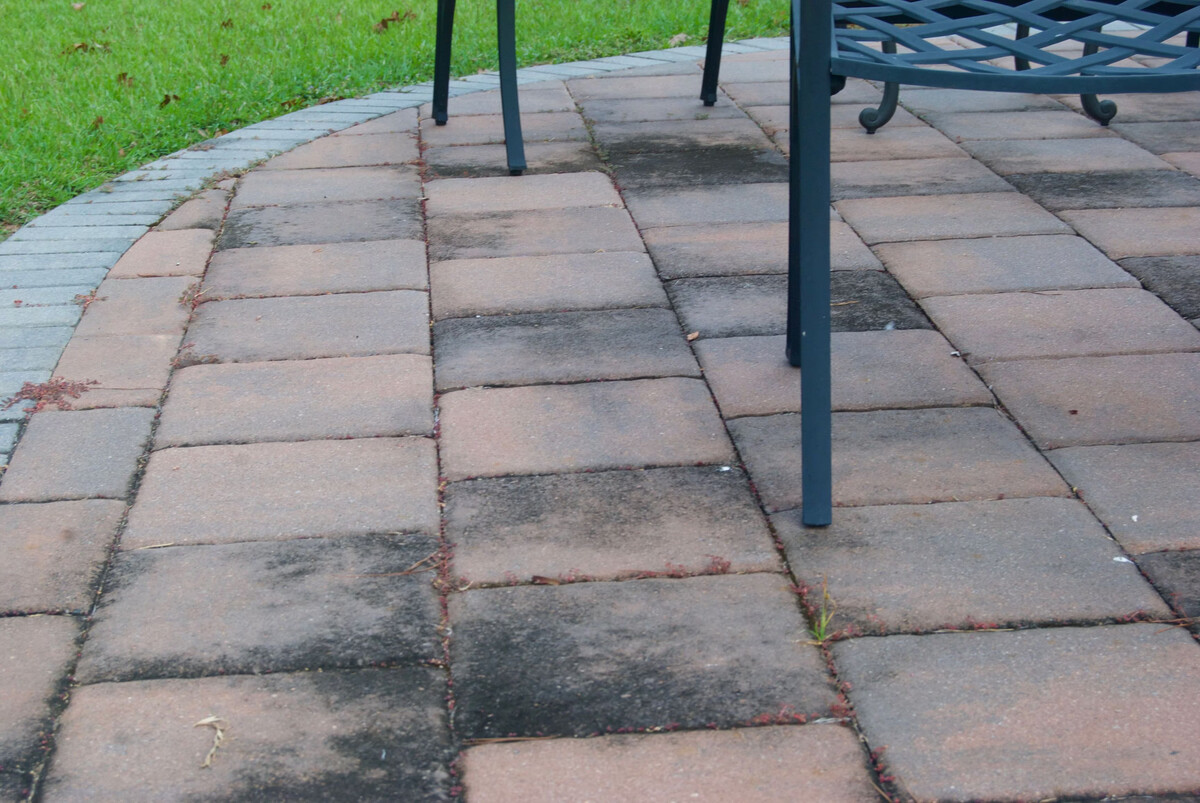
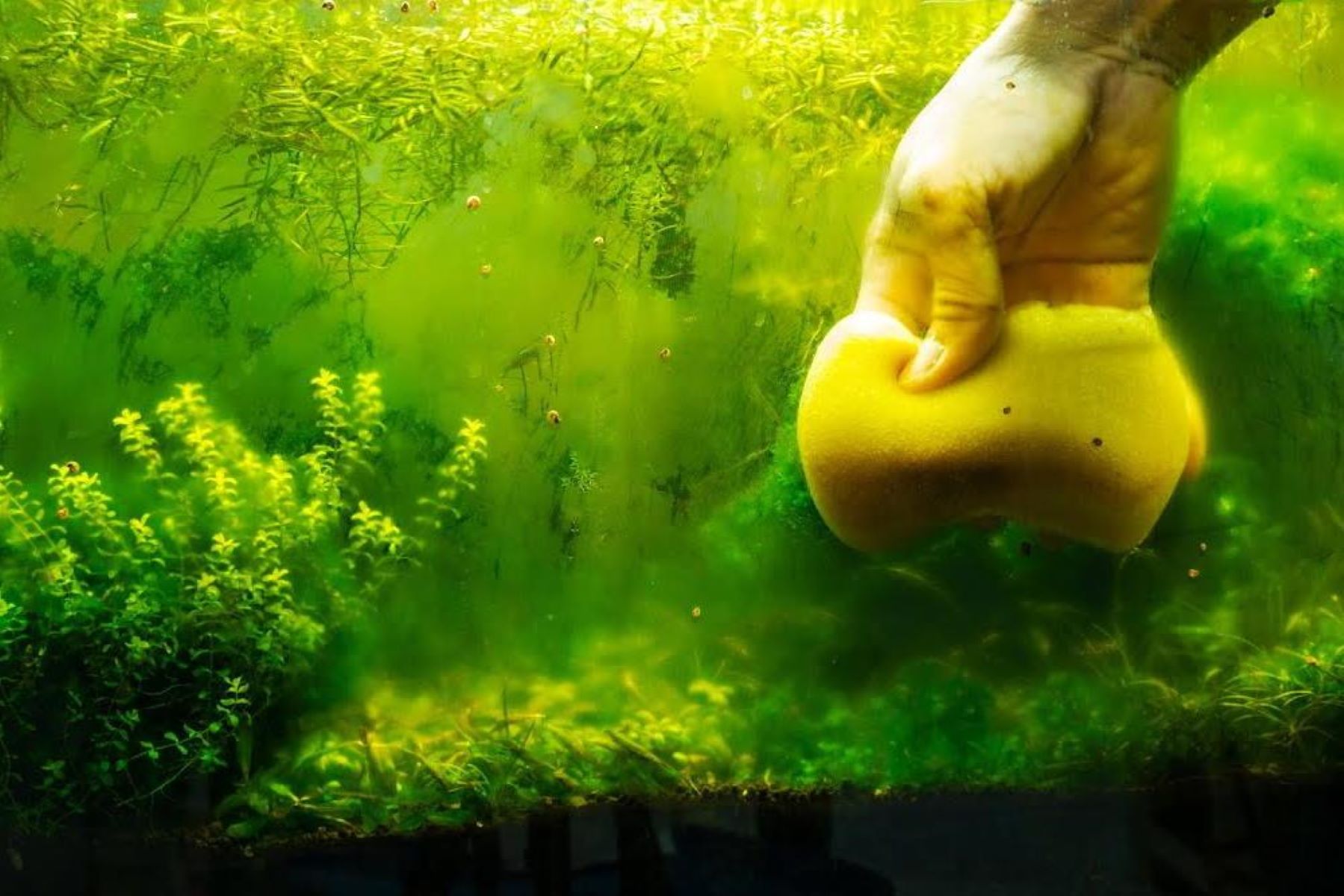
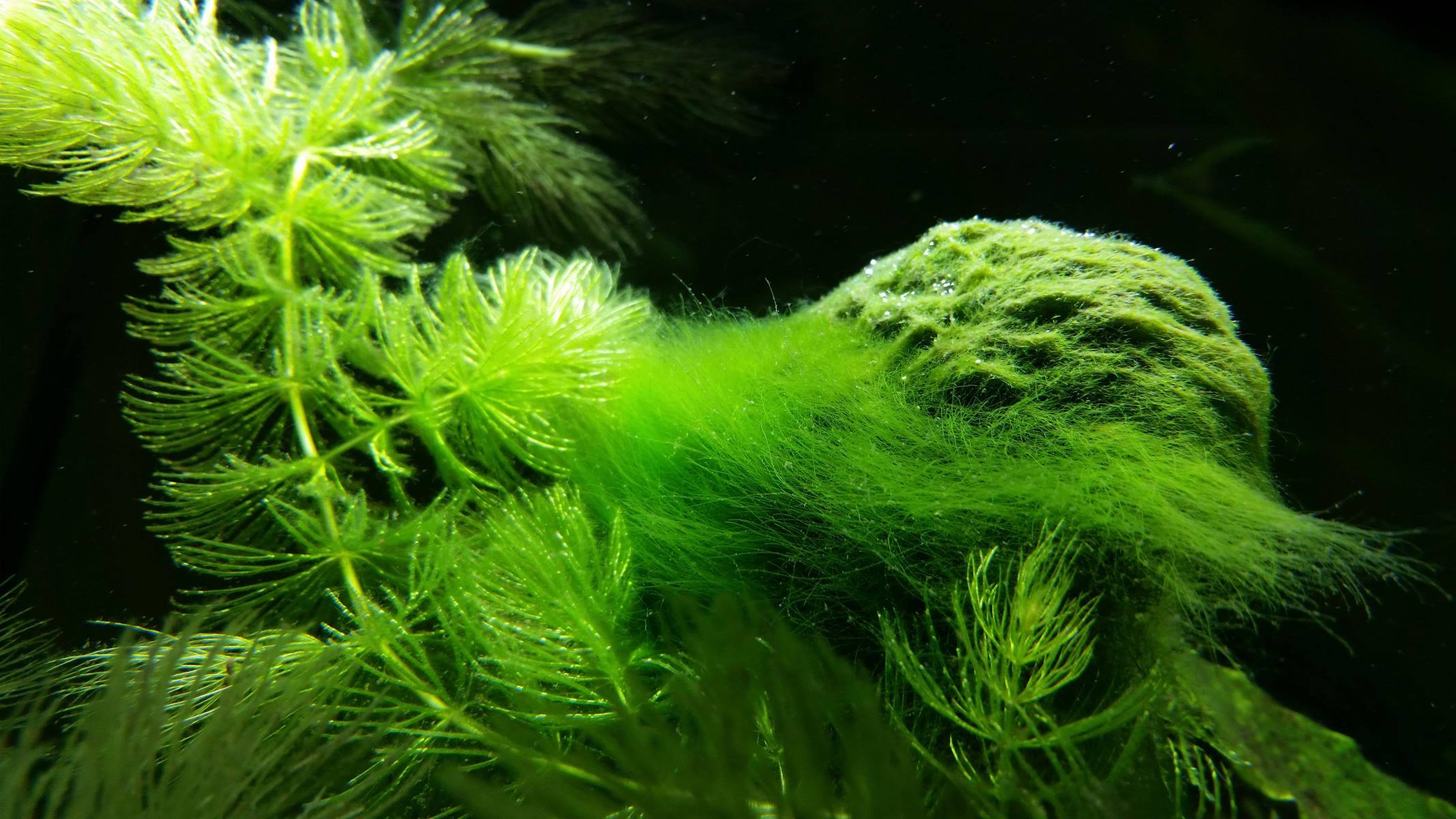
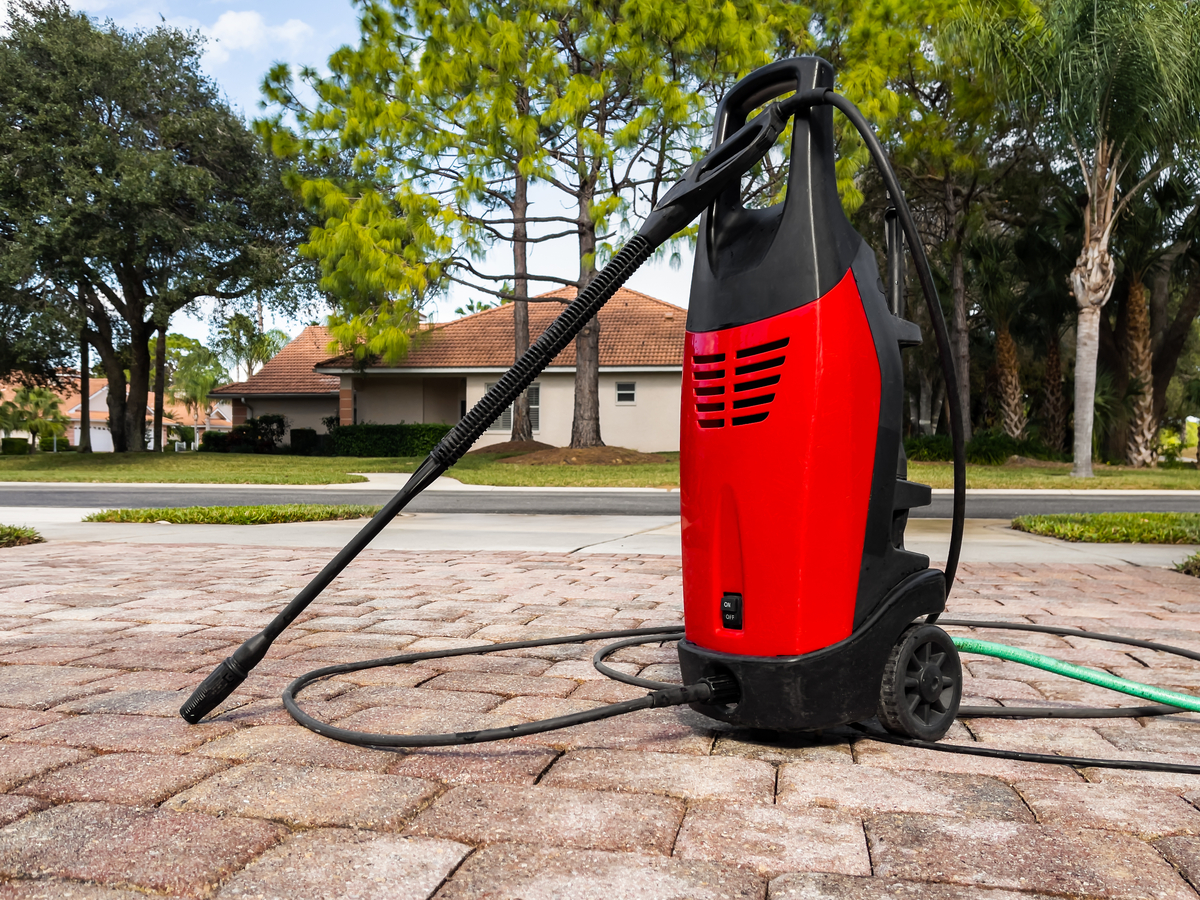
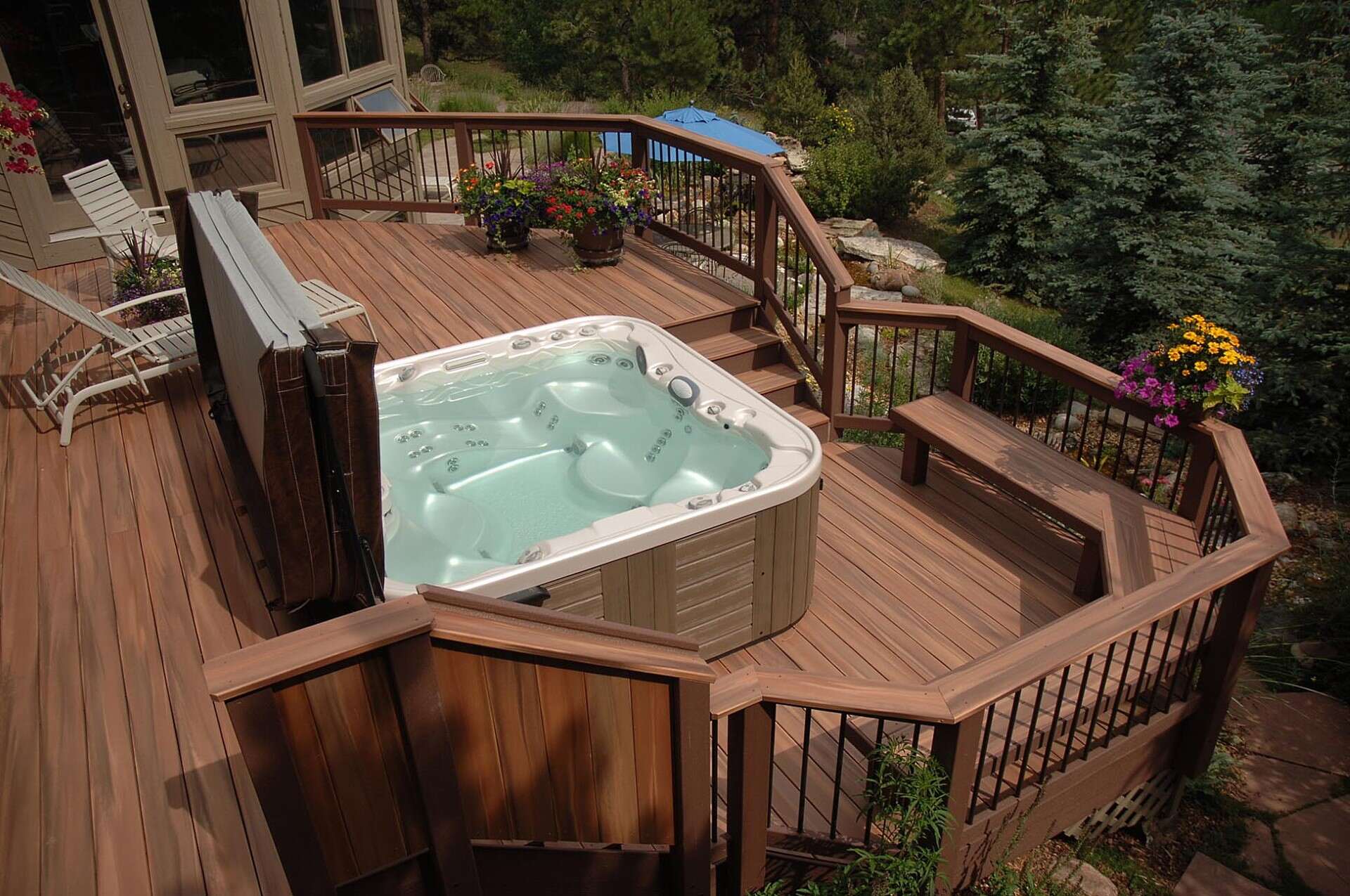
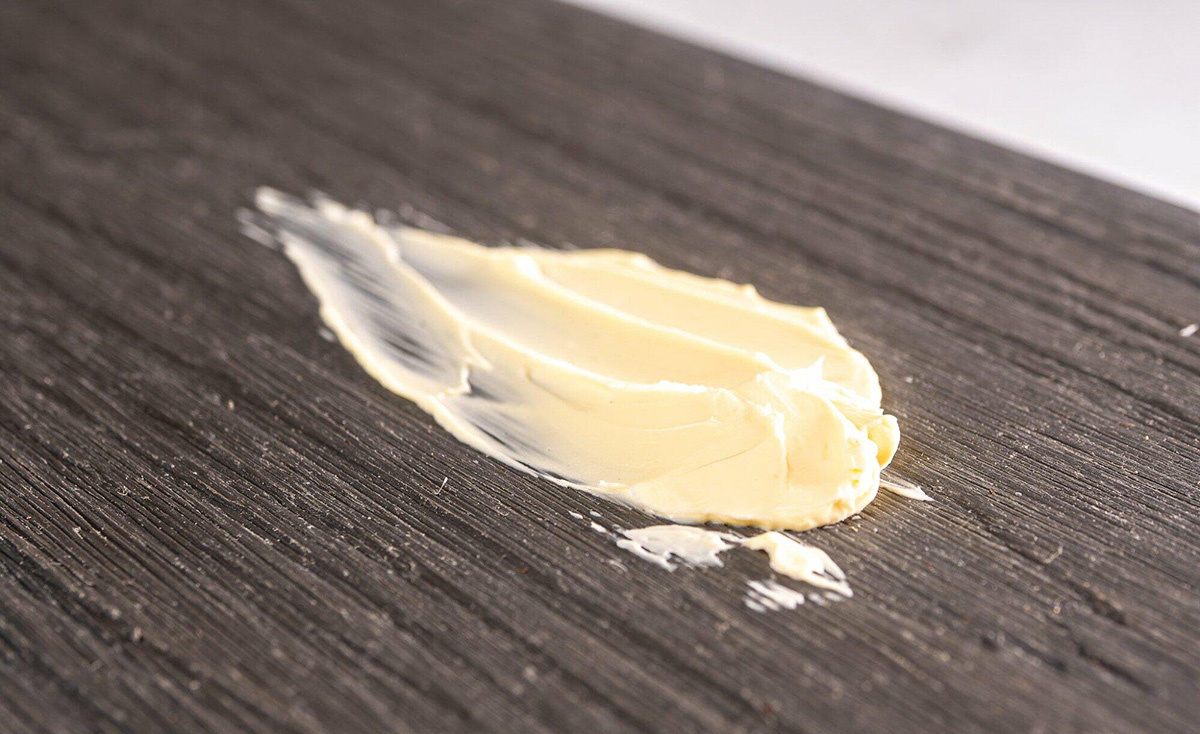
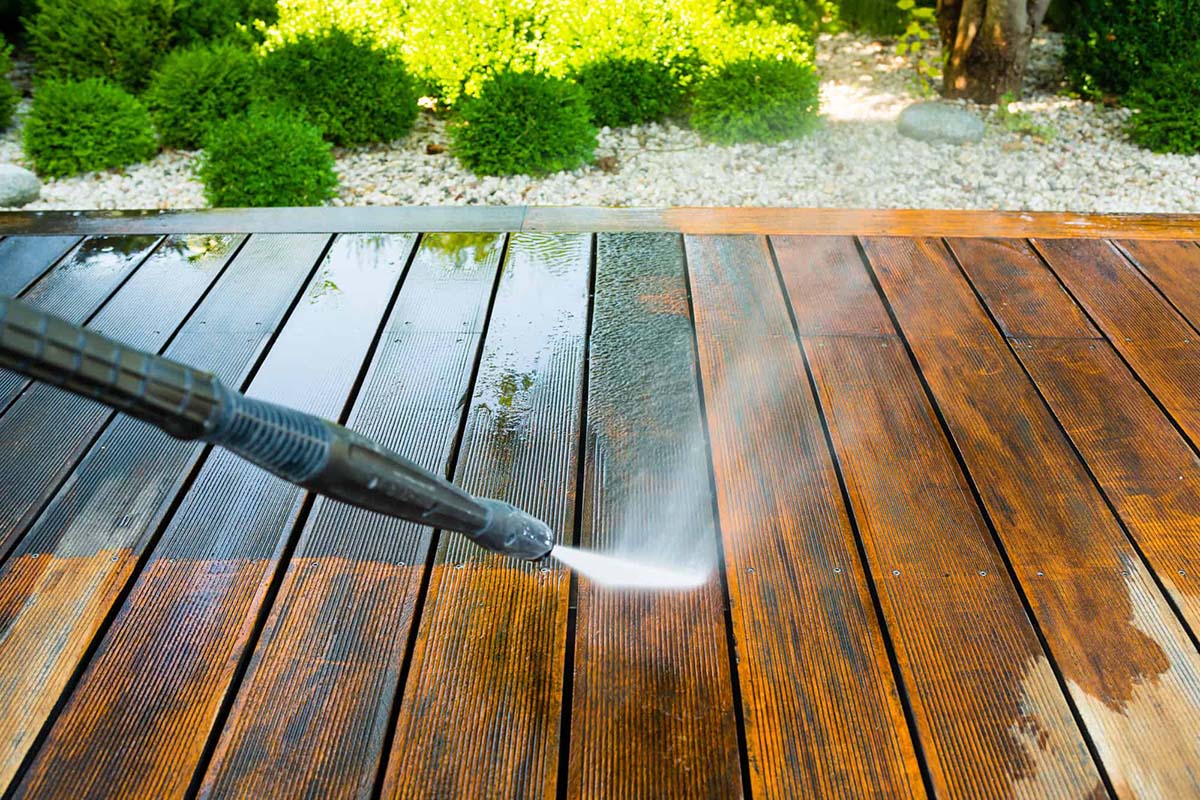
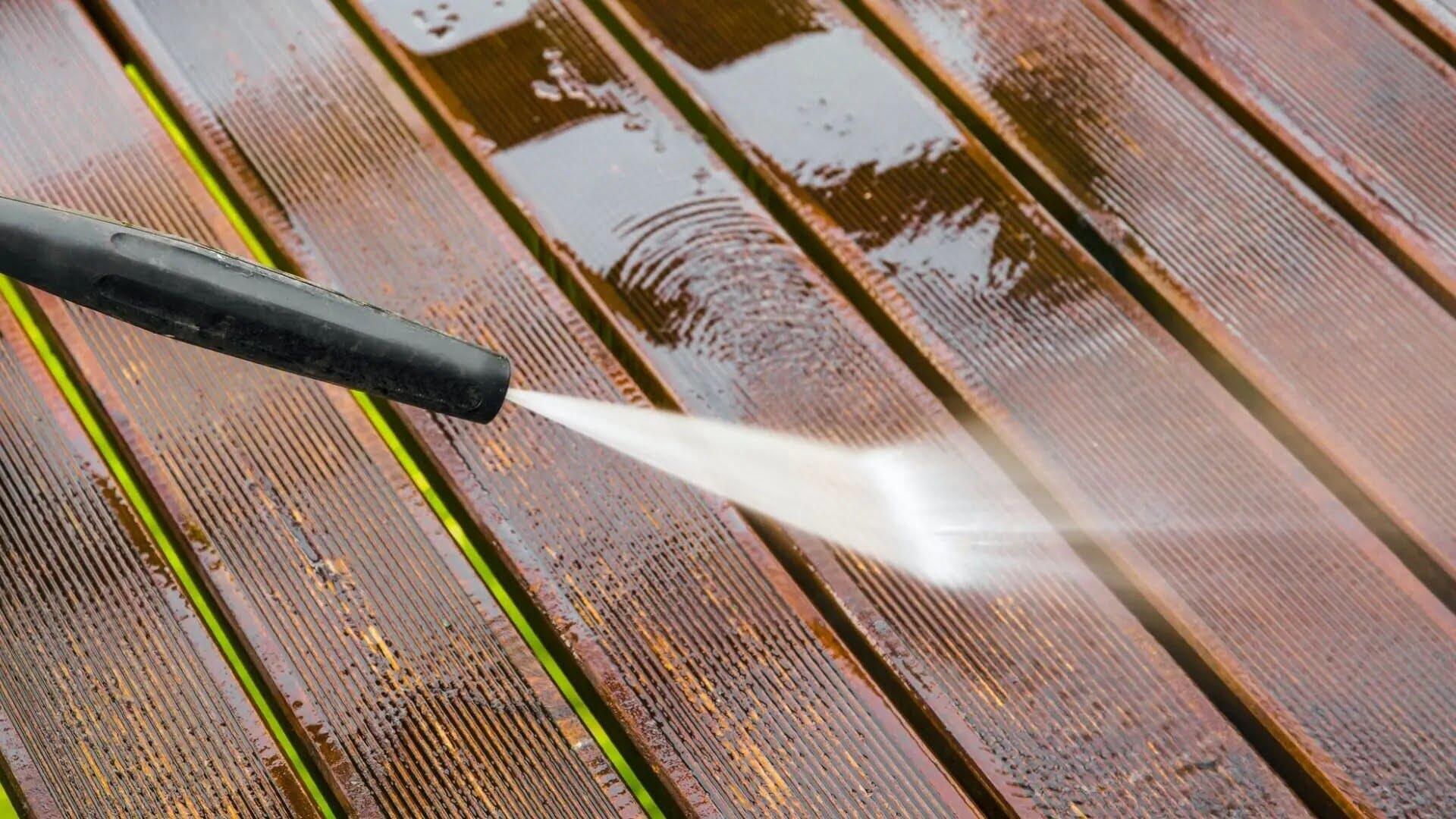
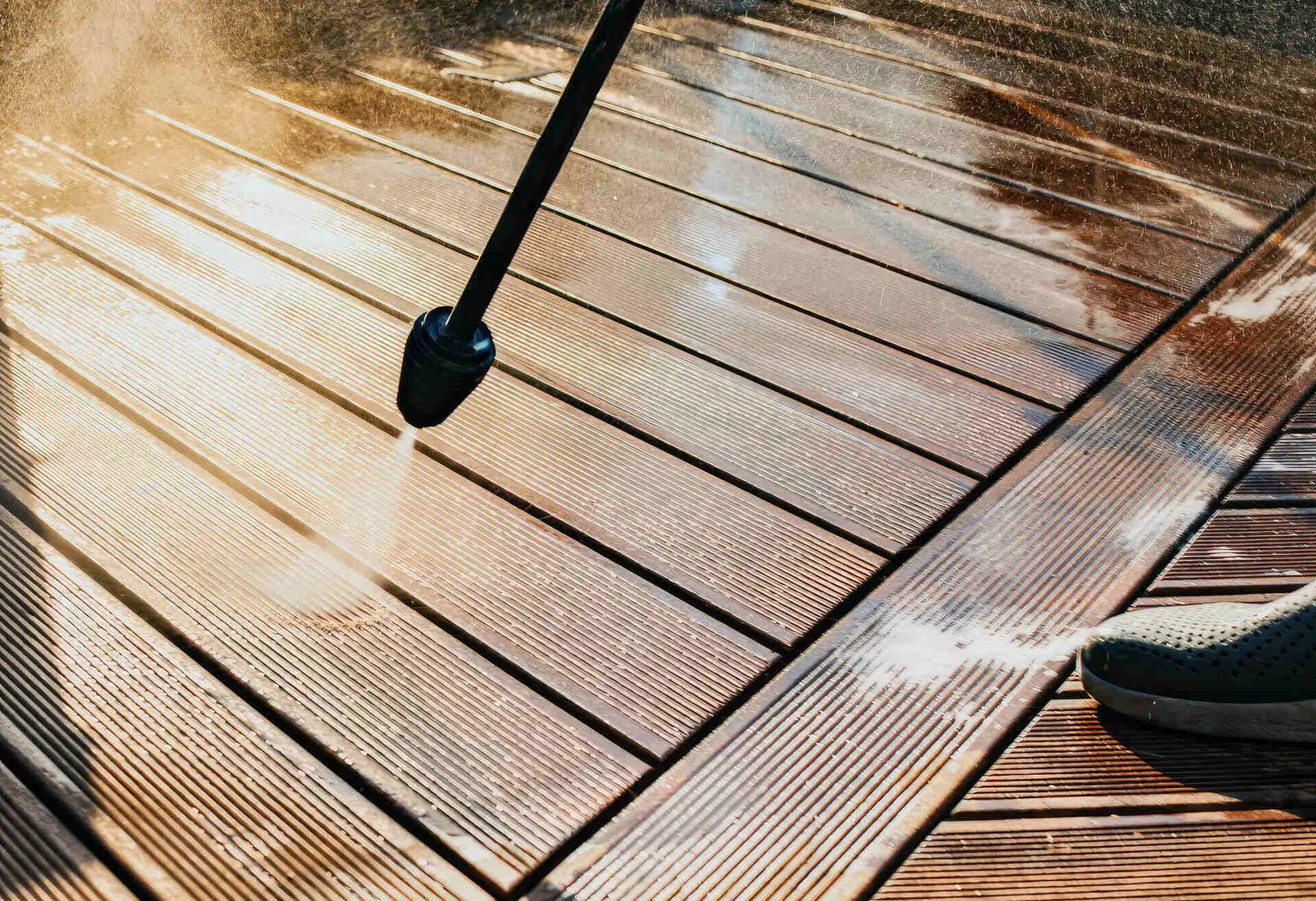
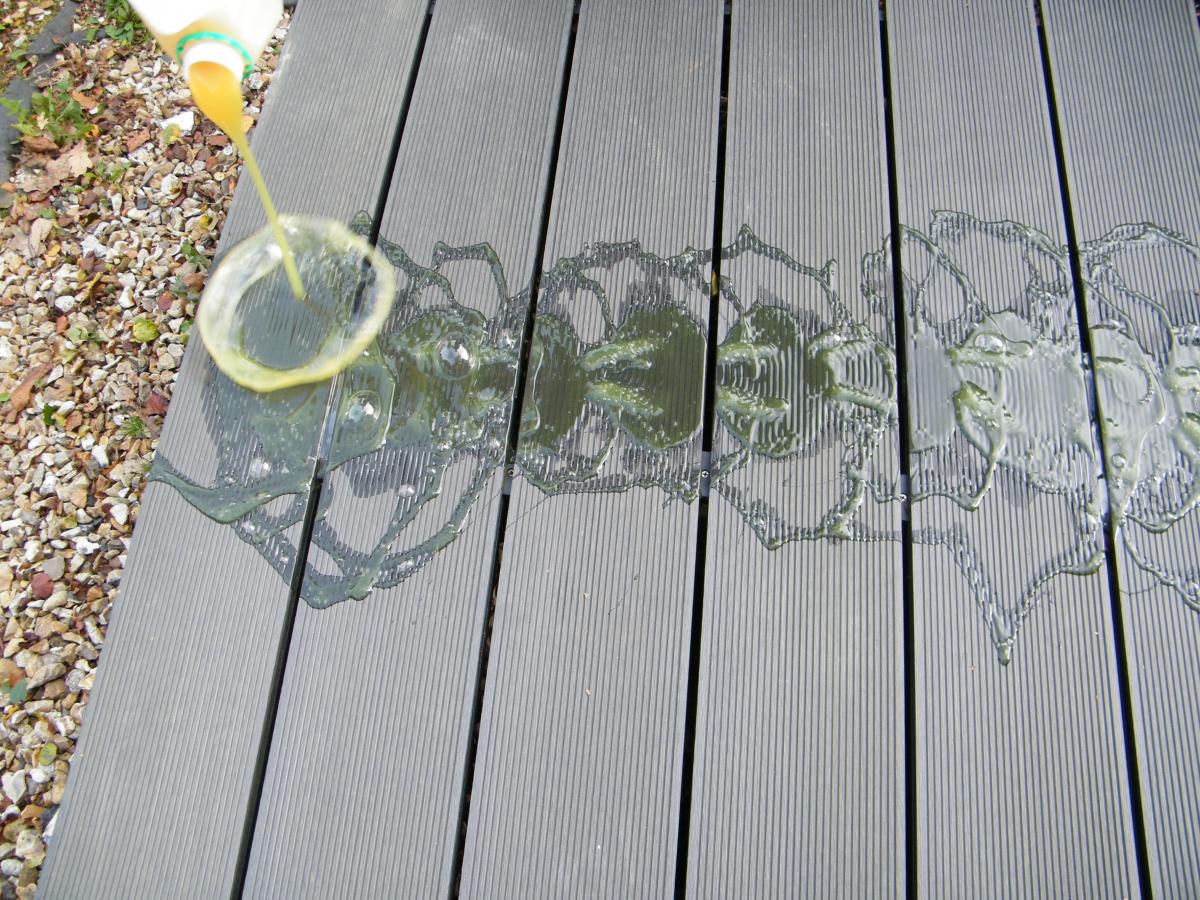
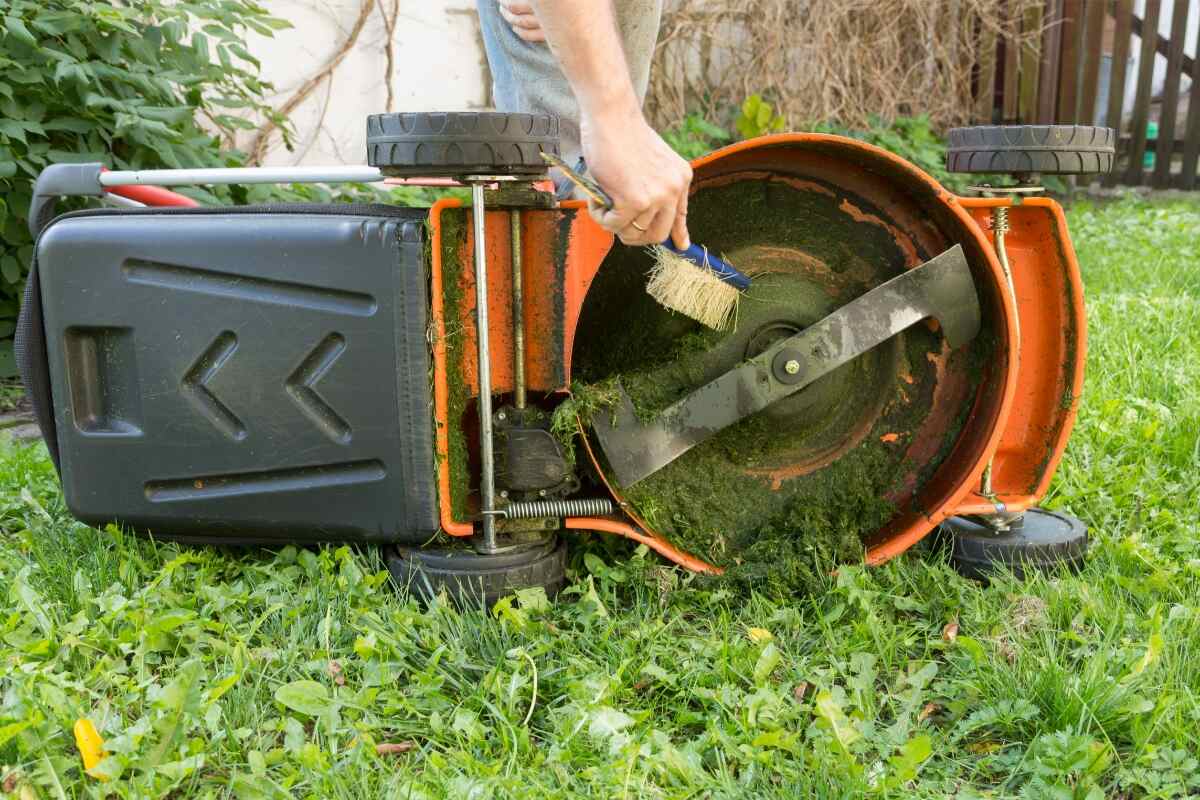
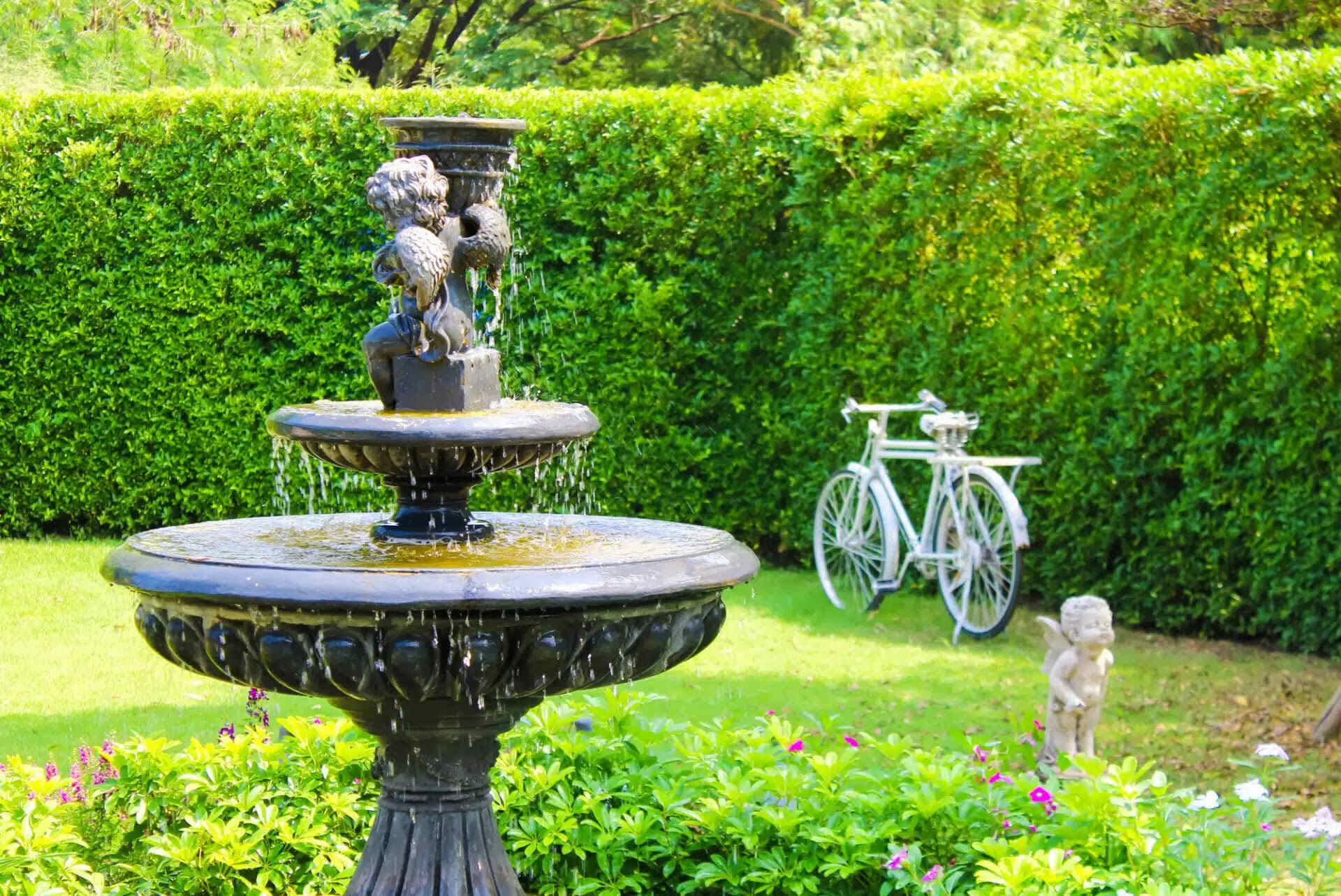
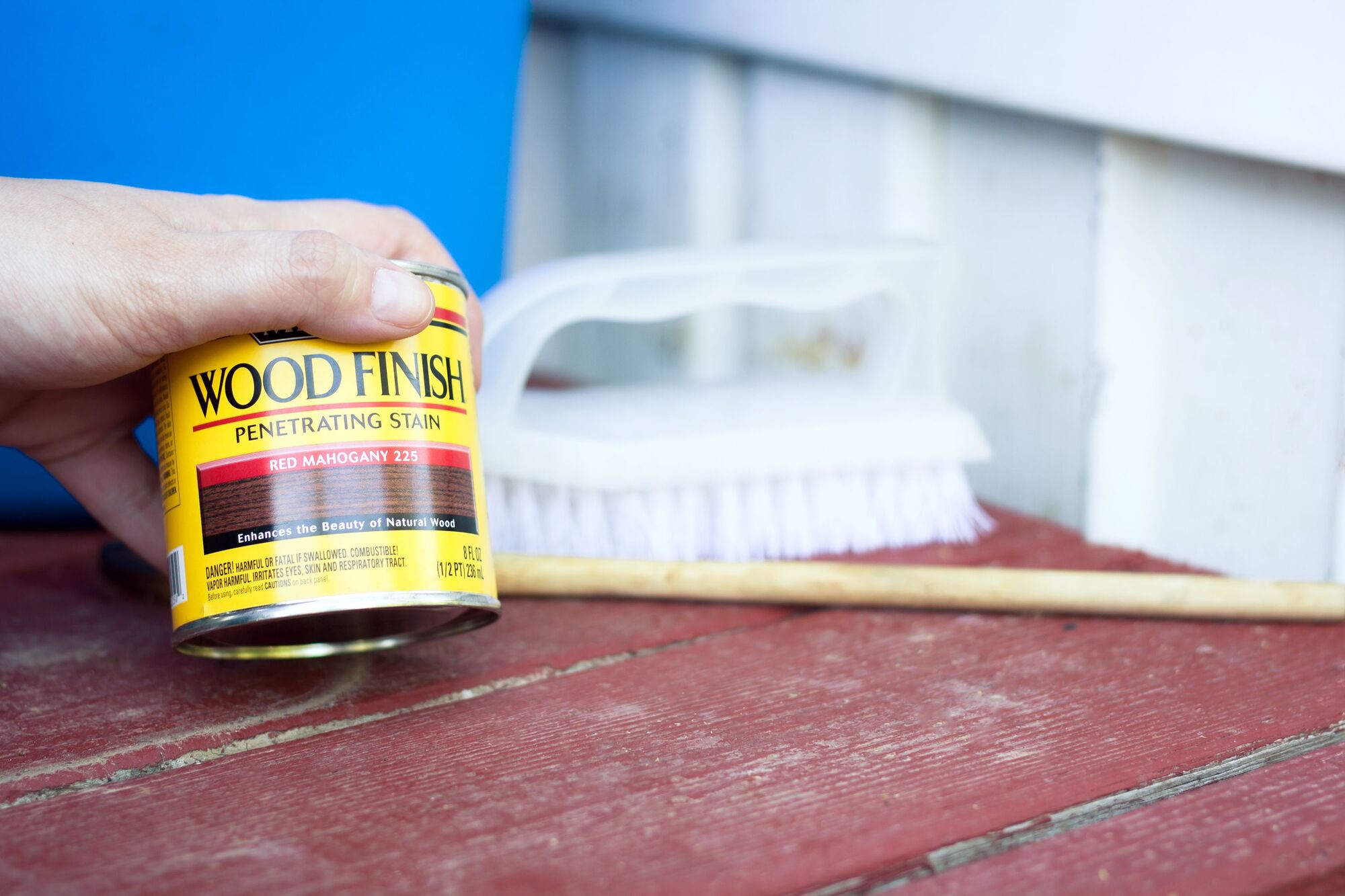

0 thoughts on “How To Remove Green Algae From Decking”